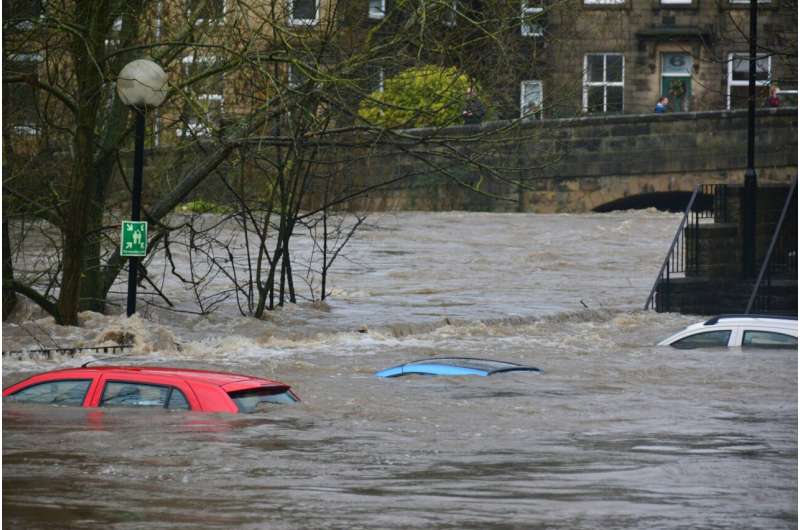
Forecasters are calling for the last two weeks of September — typically one of the busiest phases of any given hurricane season — to reach normal levels of activity. In their two-week outlook of the Atlantic hurricane season, Colorado State University forecasters said they see a 50% chance of normal Accumulated Cyclone Energy (ACE) in the Atlantic basin, when compared to the same time period from 1966 to 2023. There’s a 40% chance of such cyclone energy being below normal, and a 10% chance of it being above normal.
At the time of the forecast release, Tropical Storm Gordon had faded in the Atlantic, but Wednesday morning, the National Hurricane Center forecast that it had a 60% chance of reforming in the next seven days, though it should track harmlessly north. The National Hurricane Center on Wednesday forecast a 20% chance of a system developing in the western Caribbean, between Cuba and Honduras. CSU’s global models and AccuWeather meteorologists echoed concerns of a system forming there next week, as AccuWeather raised its tropical storm risk potential from low to high.

“The formation window from Sept. 22 through Sept. 27 represents the period when a tropical depression or storm may form,” AccuWeather said in a statement.
“Any landfall could occur days after the formation period.” The AccuWeather forecast noted that water temperatures at the surface and hundreds of feet deep in the western Caribbean are “incredibly warm.” Deep warm water can cause storms to ramp up quickly.
“With such exceptionally warm water, if you don’t have strong wind shear and you have a developing storm coming out of the Caribbean into the Gulf of Mexico, it’s likely going to be strengthening,” said AccuWeather Chief On-Air Meteorologist Bernie Rayno. It’s too early to say where that potential system may track, but an undulation in the jet stream could send any storm north into the U.S.
, said AccuWeather. “Given how warm waters typically are in the region and energy from the Central America gyre (a long-term low pressure system over the region), there is the potential for any system that forms over the western Caribbean to the Gulf of Mexico to intensify and track into the U.S.
quickly,” DaSilva said on the AccuWeather website. CSU’s forecast also said that ensemble models are also predicting a system forming off Africa toward the end of September. Additionally, those models are calling for relatively low wind shear over the Atlantic in the second half of September, which could enhance storm formation.
All told, the end of September and into October looks prime for storm formation in the Atlantic..














